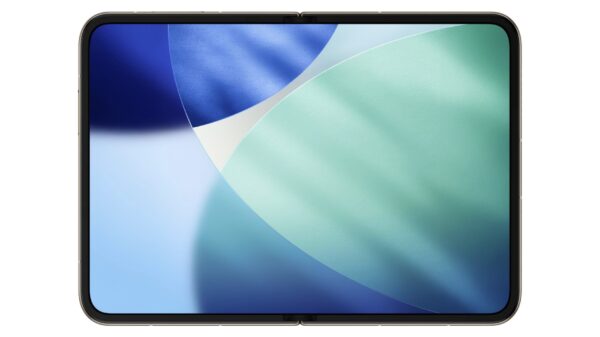The recent launch of the Google Pixel 10 series marks a significant advancement in the realm of smartphone accessories. With the introduction of the Pixel 10, Pixel 10 Pro, Pixel 10 Pro XL, and Pixel 10 Pro Fold, Google has integrated a new magnetic feature designed to enhance the usability of magnetic accessories. This development aims to rectify longstanding issues experienced by Android users who have envied the seamless accessory ecosystem found on iPhones.
The inclusion of a “lock” magnet, similar to that utilized by Apple, is a game-changing aspect for the Pixel 10 series. According to 9to5google, this addition means users can now confidently attach a variety of accessories, such as wallets, battery packs, and kickstands, without the risk of them sliding or shifting during use. The secondary magnet, positioned strategically beneath the main ring of magnets, ensures that accessories remain securely in place.
Enhancing User Experience with Qi2 Compatibility
The Pixel 10 series is compatible with the Qi2 standard, which facilitates wireless charging and accessory attachment. Most magnetic accessories rely on a primary ring of magnets to create a basic grip. However, it is the smaller, secondary magnet that provides the crucial locking mechanism, preventing unwanted movement. With this feature now available on the Pixel 10, Google is significantly improving the user experience for Android users.
This advancement is not merely a feature exclusive to Google devices; it represents a broader shift within the Android ecosystem. The integration of this technology could pave the way for other manufacturers to adopt similar systems. Speculation suggests that the upcoming Samsung Galaxy S26 series may also incorporate this magnetic system, further enhancing the collective accessory experience for Android users.
A Step Forward for Android Accessories
The introduction of the “lock” magnet is a notable improvement, addressing a common frustration among users who have previously encountered unreliable magnetic compatibility on various Android devices. By incorporating this feature, Google is not only enhancing the Pixel 10 series but also setting a new standard for future Android smartphones.
As the demand for more cohesive and reliable accessory systems continues to grow, this technology represents an essential quality-of-life improvement for Android users. The hope is that more devices will adopt similar features in the coming months, ultimately leading to a more unified accessory ecosystem across the platform.
Google’s innovative approach with the Pixel 10 series has the potential to make a lasting impact on the Android accessory market, addressing user needs and setting the stage for future advancements.

































































